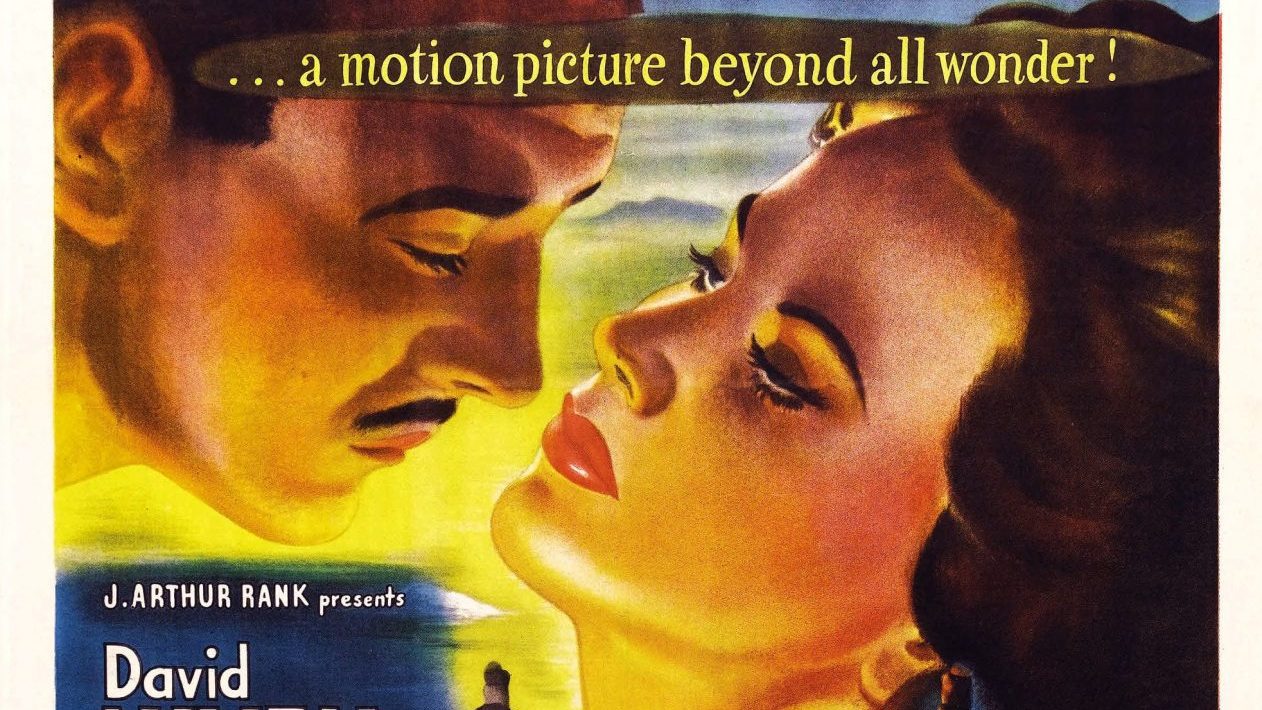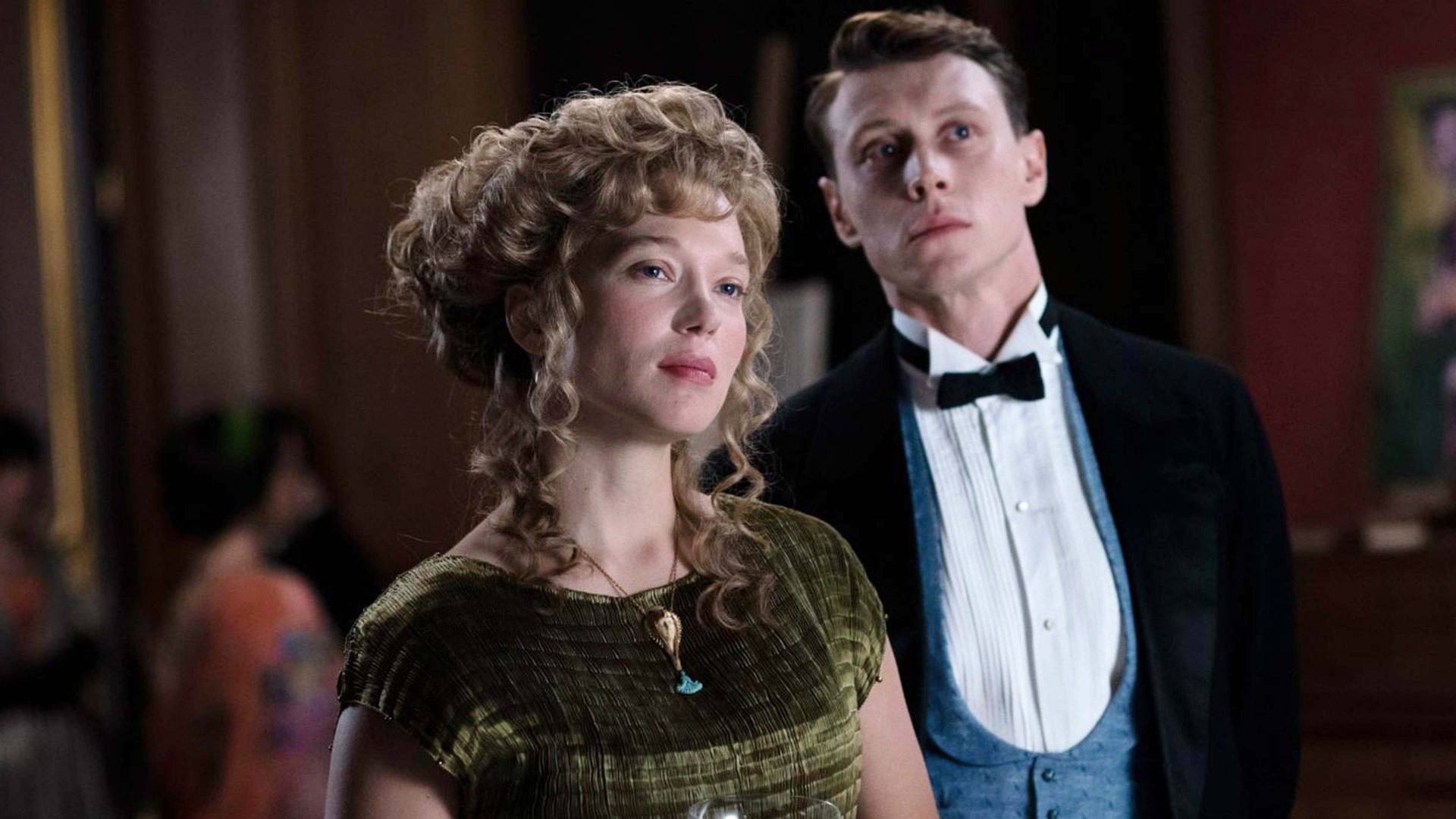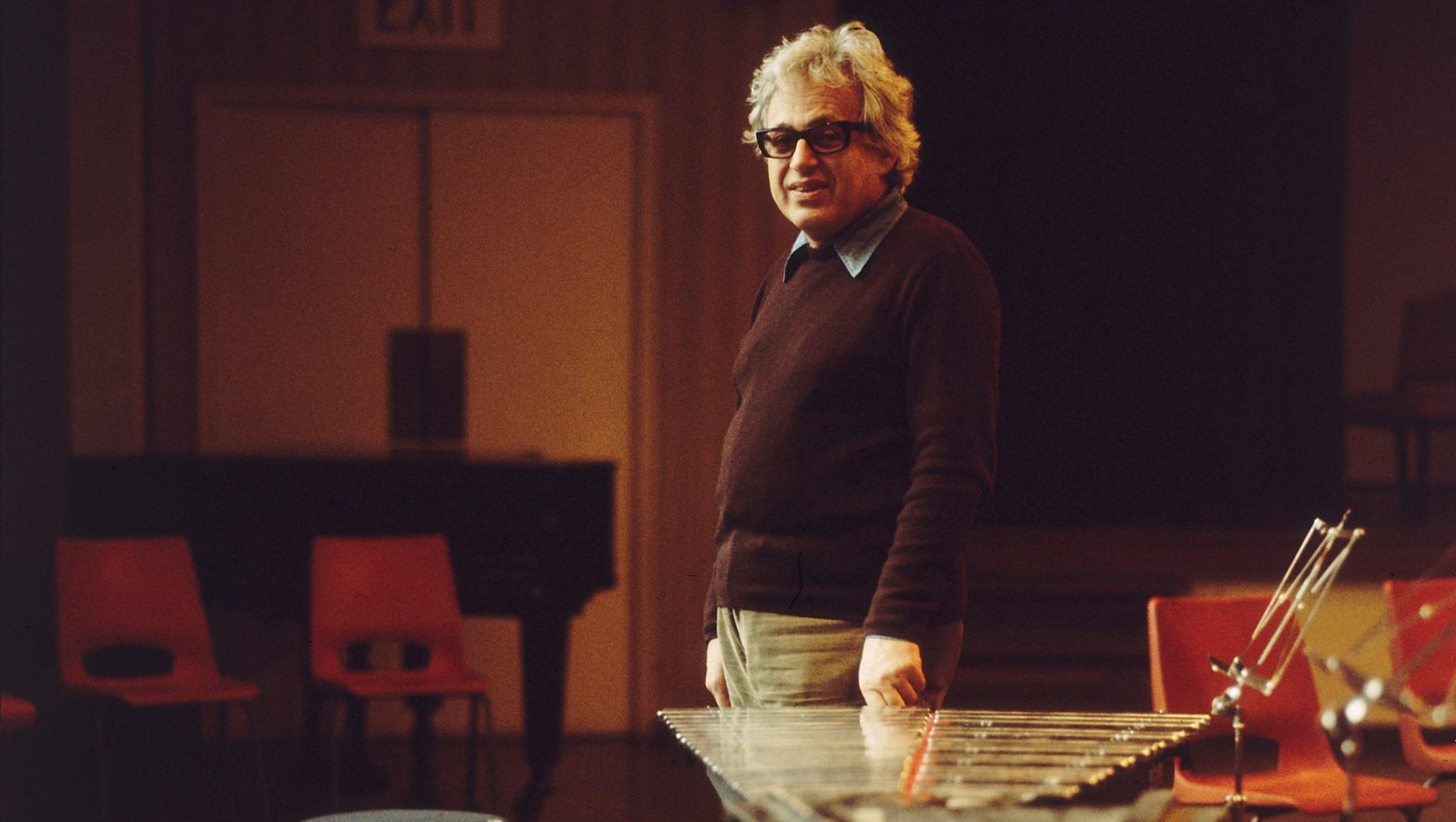Sometimes a film can be lucky or maybe even blessed – it can catch the zeitgeist, sniff the wind; sense the times, have an idea of which way things might be going.
One film that comes to mind for me is A Matter of Life and Death (1946), directed by Michael Powell and Emeric Pressburger.
Powell and Pressburger – already a daring duo after releasing an anti-officer picture – The Life and Death of Colonel Blimp (1943) – right in the midst of WW2 clearly had their art focused on the undercurrents in British life.
They weren’t wired to turn out gung-ho patriotic pictures like Noël Coward’s In Which We Serve (1942, co-directed with David Lean) or Leslie Howard’s Pimpernel Smith (1941). For them, what was happening beneath the surface; what was being said at supper or in the pub, is what they captured and turned into art. And immortality.
Filmed during the summer of 1945, the summer of the general election, A Matter of Life and Death captures a sense of the nation. Even though polling showed Churchill to be extremely popular, David Niven’s Royal Air Force pilot character announces, by way of describing himself to Kim Stanley’s American radio operator, that the Labour Party is on his personal radar.
But great film-makers know and understand something about the unsaid; the half-admitted; the not quite understood.
It helps to have a cinematographer who can capture those elusive feelings and half-focused realities of not only the film-maker, but the audience.
That kind of DOP was the great Jack Cardiff, a poet of the cinema, of the lens, who not only understood what a camera is meant to do, he visually understood what cinema should do.
It is not just a recreation of life; or a storytelling machine. Cinema goes where there are no words, not even any images. Just a sense; a trace of life, conscious and unconscious; spiritual, material.
Cardiff’s camera shows us all the layers of the British/English imagination at work as the war comes to its conclusion: the Pan-like boy on the beach blowing panpipes; the camera obscura in the village. And of course the sequence in which an English High Court judge presides and corrects history by allowing a jury of Americans to try a pilot in love with an American.
This is a stunning scene and I will always be grateful to the production for having a row of African American GIs as spectators – like my late dad – when he was stationed in England during the run-up to D-Day.
Called Stairway to Heaven in the US, Americans were grateful to the picture not only because of its glorification of the so-called “special relationship”, but because the picture is in Technicolor. The US was sick of black and white.
The film’s prescience, too, is in its sense of what is to come in the new political environment: in the mingling of the doctors and those who were not medical people in the operating theatre. Maybe a public health system is on the way. Cardiff was a genius.
So it is easy to imagine how I felt, when years ago, after interviewing Spike Lee at the BFI, a man walked up to us and said: “Hi. I’m Jack Cardiff”.
The answer to “What Mark Twain book inspired an immortal cartoon character?” The book is Roughing It, a chronicle of Twain’s sojourn in the west and his various adventures going through Nevada and California. The character, Wile E Coyote is based on Twain’s description of the coyote as “a long, slim, sick and sorry-looking skeleton”. The 1960s American series Bonanza and Death Valley Days also used Roughing It for inspiration.
This week: the great film noirs D.O.A. (1950, directed by Rudolph Maté) and Laura (1944, dir. Otto Preminger) have which central plot point in common? And that plot point is one of the themes of film noir.




